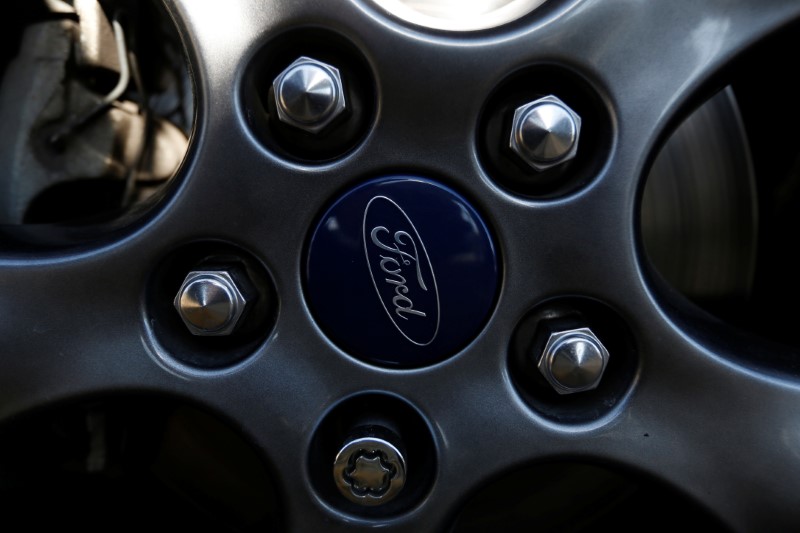This post was originally published on this site
https://i-invdn-com.investing.com/news/LYNXMPED0N06Y_M.jpg
The presentations delivered by segment leaders primarily focused on strategies aimed at attaining mid-term margin goals. Notably, the Ford Pro division stood out due to its robust market position, diversified end markets, and the potential to generate recurring revenue.
Analysts wrote in a note, “While a lot of focus is on Model e segment’s path to profitability, we see Ford Blue driving risks to near-term earnings. Ford Blue is modeling a 6% headwind from pricing between 2022 and 2026, which the segment hopes to offset through cost reductions. Pricing headwinds could precede cost reductions, pressuring margins in 2023-2024.”
Ford’s EV product strategy is to be selective, focused on segments of strength and low competition. As a result, the company does not have any plans to introduce a two-row crossover beyond the Mustang Mach E. Instead, approximately 40% of Ford’s EV lineup will be allocated to the Pro business. Ford anticipates that the Model e’s margin will reach 8% through a combination of economies of scale, reductions in battery costs, and enhancements in design and engineering efficiency. The key drivers for achieving higher margins include the implementation of Gen 2 platforms and improved contribution margins on Gen 1 platforms.
Daiwa raised their 2023 EPS estimates to $1.80 (from $1.70) reflecting a resilient industrial economy potentially driving stronger performance at Ford Pro. They are maintaining their 2024 EPS estimate of $1.65, reflecting a $0.7bn decline in EBIT to $9.8bn.
“We expect a $1.7bn decline of EBIT in Blue as we model all of the 6% pricing decline to happen through 2024 while cost reduction offsets take longer,” wrote the analysts.
Shares of F are up 1.63% in morning trading on Thursday.


